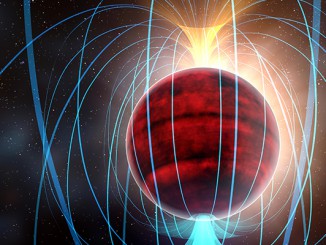
News


Stanford astronomers observe the birth of an alien planet
Stanford University researchers announce evidence of an exoplanet being born that could move us one step closer to understanding the process of planet formation around other stars. The alien planet, called LkCa 15 b, orbits a star 450 light-years away and appears to be on its way to growing into a world similar to Jupiter.

Dark matter dominates in nearby dwarf galaxy
Dark matter is called “dark” for a good reason. Although they outnumber particles of regular matter by more than a factor of 10, particles of dark matter are elusive. Now, by measuring the mass of a nearby dwarf galaxy called Triangulum II, astronomers believe they may have found the highest concentration of dark matter in any known galaxy.
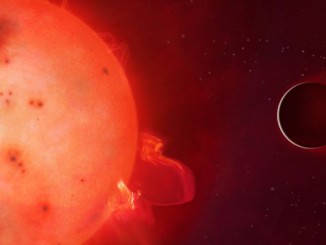
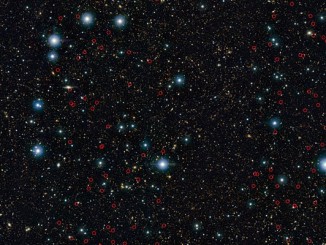
The birth of monsters: VISTA pinpoints earliest giant galaxies
ESO’s VISTA survey telescope has spied a horde of previously hidden massive galaxies that existed when the universe was in its infancy. By discovering and studying more of these galaxies than ever before, astronomers have, for the first time, found out exactly when such monster galaxies first appeared.
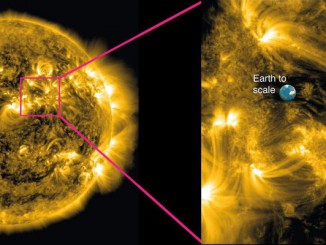
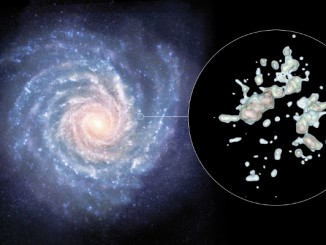
Visualising the Sun’s neighbourhood in 3-D
Astronomers have used modern techniques to create a 3-D visualisation of all of the O- and B-type stars within 500 parsecs (1,630 light-years) of the Sun using data from ESA’s Hipparcos satellite. This new visualisation uncovers evidence for new structures in the distribution of these nearby hot stars, and new and surprising theories of how those stars formed.

Discovery measures “heartbeats” of a distant galaxy’s stars
In many ways stars are like living beings. They’re born; they live; they die. And they even have a heartbeat. Near the end of their lifetime they begin to pulsate, increasing and decreasing their brightness by a large amount every few hundred days. Using a novel technique, astronomers have detected thousands of stellar “pulses” in the galaxy Messier 87 (M87). Their measurements offer a new way of determining a galaxy’s age.

The Giant Magellan Telescope Organisation breaks ground in Chile
Leading scientists, senior officials, and representatives of an international consortium of universities and research institutions gathered on a remote mountaintop high in the Chilean Andes to celebrate groundbreaking for the Giant Magellan Telescope (GMT). The instrument is poised to become the world’s largest telescope when it begins early operations in 2021.
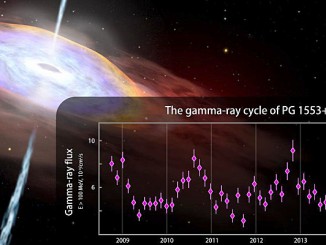
NASA’s Fermi finds hints of gamma-ray cycle in active galaxy
Astronomers using data from NASA’s Fermi Gamma-ray Space Telescope have detected hints of periodic changes in the brightness of a so-called “active” galaxy, whose emissions are powered by a supersized black hole. If confirmed, the discovery would mark the first years-long cyclic gamma-ray emission ever detected from any galaxy, which could provide new insights into physical processes near the black hole.
